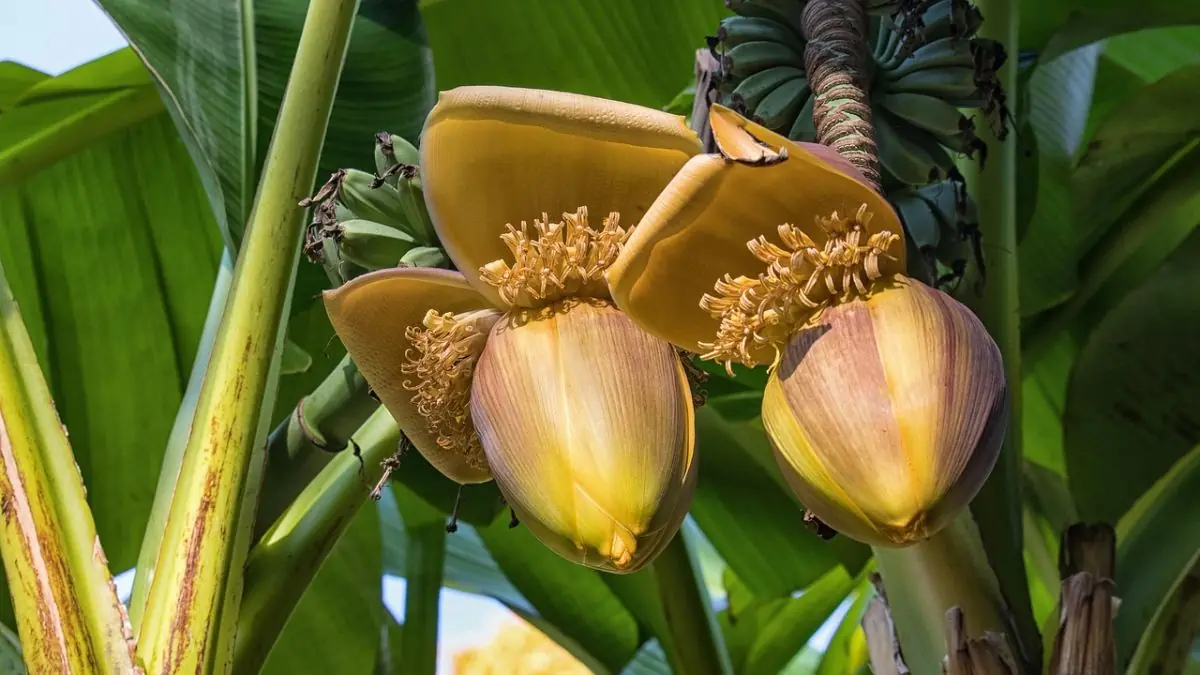Assamese culture, cuisine, and textiles are integral parts of Indian heritage. The vibrant tapestry of flavours never fails to amaze culinary masters exploring the local food. Much like every regional cuisine in India, home chefs in Assam make sure to use seasonal ingredients in their meals, and one such element is banana. From north to south, east to west, this one fruit shines in every cuisine and stands as a symbol of prosperity.
Travel to various parts of the country, and you will come across people practising sustainable cooking, especially with bananas. Why? It is one of the few fruits of which leaves, fruit, flower, and bark can be used to prepare dishes, baskets, and plates. In South India and a few other regions, meals are served on banana leaves or wrapped around ingredients while cooking to infuse them with smoky and subtly sweet notes.
Assamese make a unique dish using its flowers. The tiny, narrow things are stir-fried to prepare an enriching delight that can be savoured w
Assamese culture, cuisine, and textiles are integral parts of Indian heritage. The vibrant tapestry of flavours never fails to amaze culinary masters exploring the local food. Much like every regional cuisine in India, home chefs in Assam make sure to use seasonal ingredients in their meals, and one such element is banana. From north to south, east to west, this one fruit shines in every cuisine and stands as a symbol of prosperity.
Travel to various parts of the country, and you will come across people practising sustainable cooking, especially with bananas. Why? It is one of the few fruits of which leaves, fruit, flower, and bark can be used to prepare dishes, baskets, and plates. In South India and a few other regions, meals are served on banana leaves or wrapped around ingredients while cooking to infuse them with smoky and subtly sweet notes.
Assamese make a unique dish using its flowers. The tiny, narrow things are stir-fried to prepare an enriching delight that can be savoured with rice, flatbread, etc. Koldil bhaji represents the resourcefulness of home chefs and is a testament to their creativity. Imagine a flower is on the kitchen counter, and you thought of turning it into a delicacy. That’s what Assamese have been doing for centuries.
The edible florets of bananas are not only seasonal ingredients, but also loaded with essential nutrients. They are known for promoting digestive health by regulating bowel movements. They are also good for skin, bones, and PMS symptoms. Not to mention their ability to help you control blood sugar levels and cholesterol, if you are trying to lose weight, these florets will not only help you achieve your fitness goals but also turn boring dishes into mouth-watering delights.
Regional home chefs have passed on the knowledge of cooking these florets from one generation to the next. They are a crucial part of the agrarian lifestyle and a piece of wisdom that more and more people should acquire. From carefully peeling the layers of the banana flower to removing bitter stamens, the recipe is simple but at the same time requires focus and attention.
Being rich sources of iron, these florets also increase the amount of fibre in your meals. A basic preparation would need only a couple of staples and a handful of spices from the pantry. The earthy flavour, crunchy texture, and natural goodness force you to keep digging into the plate one bite after another.








